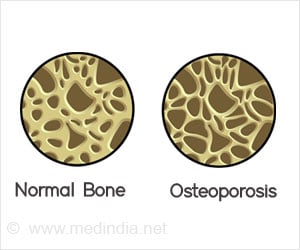Transporting chemicals and messages between a cell and its environment is done by membrane proteins.
Transporting chemicals and messages between a cell and its environment is done by membrane proteins. But determining their structure has proved challenging for scientists. A study by UC Santa Barbara's Han Research Group demonstrates a new tool to resolve the structure of membrane-embedded and membrane-associating proteins using the water dynamics gradient they found across and above the lipid bilayer as a unique ruler.
More than 25 percent of all human proteins are membrane proteins, which perform other essential functions, such as sensing and signaling. They also constitute approximately 50 percent of current drug targets, but the structure of only a small percentage has been resolved.
The UCSB study came about when researchers discovered that water on the membrane surface has a very distinct movement pattern: It is slowed down because the water is attracted to the membrane surface across several water layers. The scientists then wondered whether they could use this as an intrinsic ruler to determine how the associating protein is anchored into the membrane.
Source-Eurekalert












